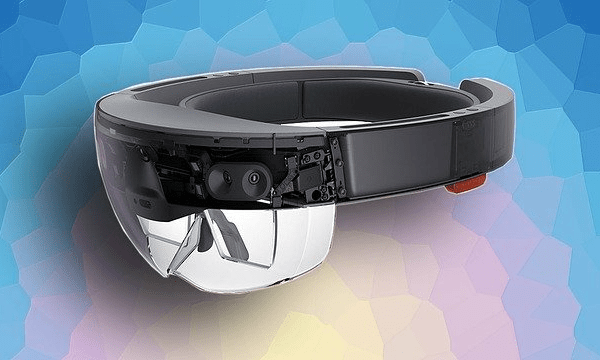The newest monuments in Los Angeles have no substance. Although they are site-specific, situated in parks and recreation centers, their existence is solely digital, strings of ones and zeroes. Commissioned by the Los Angeles County Museum of Art with support from the Mellon Foundation, they’re designed to be seen on smartphone screens through Snap’s augmented reality app.
Given the controversial status of so many tangible monuments, augmented reality has obvious advantages over the physical world, appealing to monument builders and cultural institutions alike. A monument in augmented reality is less likely to cause offense than one made of stone or bronze. It doesn’t intrude. It can simply be ignored.
Sandra de la Loza, What the Willow Whispers, 2022, in collaboration with LACMA × Snapchat: … [+]
Sandra de la Loza
The low cost may also be advantageous. Given that there is no need for materials or manufacturing, more monuments can be made, representing more points of view. In AR, all realities can be present simultaneously, each accessed only when deemed appropriate.
Although LACMA’s Monumental Perspectives Initiative is not unique, it represents a worthy attempt to creatively reimagine an important mode of civic engagement in a time of reckoning with deeply flawed precedents. However, the project, now in its second year, also shows the value of monuments that are more obtrusive and durable.
Most of the time, most people today are exposed only to what they want to see, hear, and believe. Through their choice of news and their choice of friends, as well as the algorithms optimizing online content to increase consumption, their perception of society is self-reinforcing. In this environment, monuments are unusual because they command attention from all to facilitate collective experience and persistent memory. Monuments lose this important civic function when they become baubles of the filter bubble.
The civic function need not be conservative. On the contrary, monuments commemorating the past or celebrating retrograde values can provide opportunities for reconsidering antiquated assumptions and building new consensus. In fact, their divisiveness demands attention. Their presence in a public space landmarks reconciliation.
What that looks like can be seen on Wall Street, where Charging Bull was installed as a monument to testosterone-driven capitalism in 1989. In 2017, a second statue depicting a girl standing her ground was set in front of the bovid, creating a spectacular tableau. After considerable controversy regarding permissions and intentions, Fearless Girl was moved, but a plaque was placed where she stood, preserving her footprints and encouraging passersby to stand in her place. The plaque remains to this day, marking the persistence of gender inequality in the American economy.
The “Fearless Girl” (L) statue stands facing the “Charging Bull” as tourists take pictures in New … [+]
